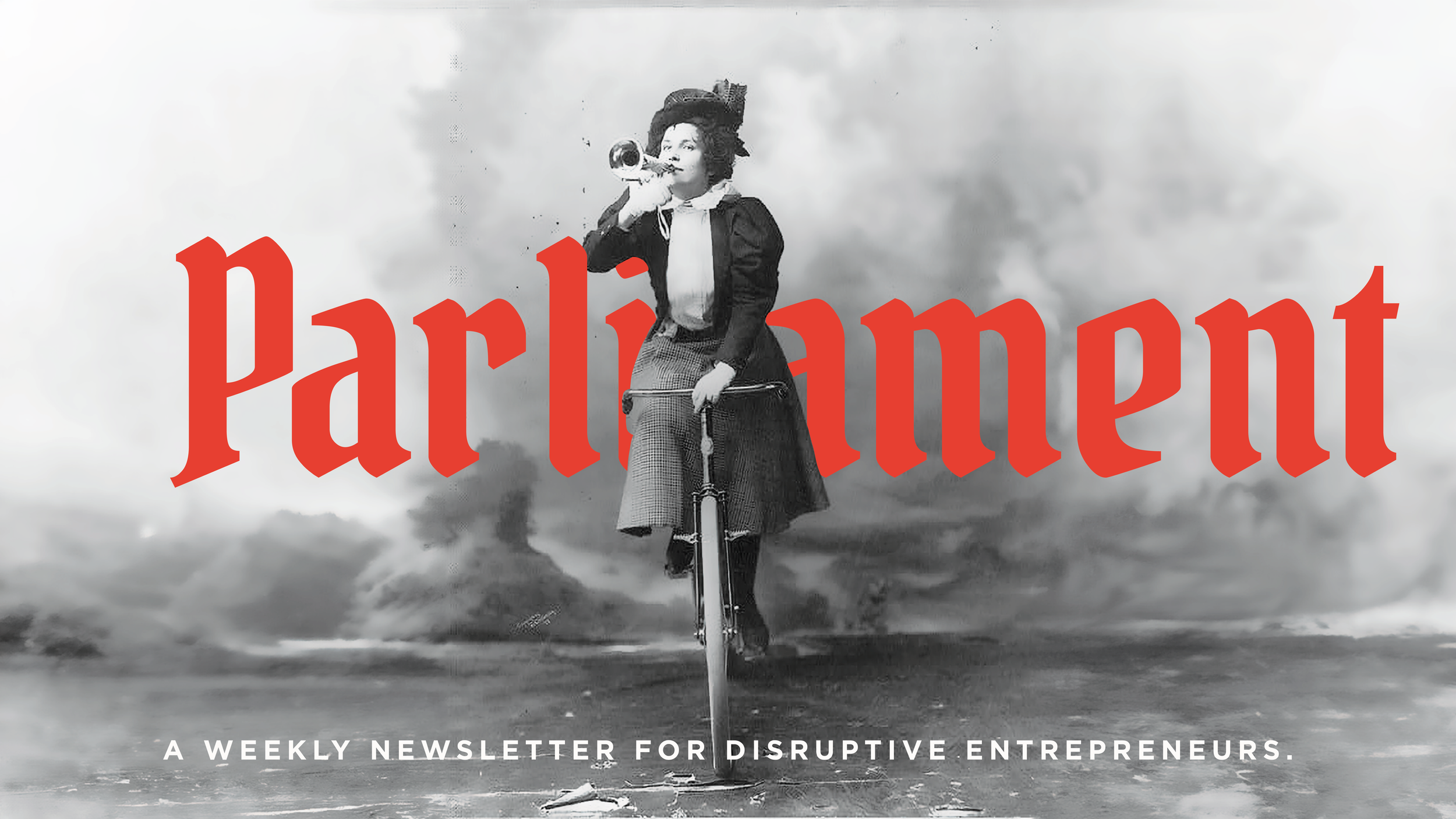Parliament | Finding Your True North: Why Beliefs Matter More Than Services
black and white image of a woman riding a bicycle through the words “Parliament”
When Simon Sinek said, "The goal is not to do business with everybody who needs what you have. The goal is to do business with people who believe what you believe," he wasn't just talking about marketing strategy—he was describing the foundation of lasting business relationships.
Why Shared Beliefs Drive Stronger Connections
Think about your closest relationships. They're probably not built on what you can do for each other, but on shared values and beliefs. The same principle applies to business. When you connect with clients who share your fundamental beliefs, you create partnerships that transcend traditional service provider relationships.
The Brand Being Difference
At Hoot, we've always known that authentic branding starts from within. Our Brand Being Method isn't about crafting a perfect image for everyone—it's about uncovering what you truly believe and finding the courage to stand behind it. When you're clear about your beliefs:
* Your marketing becomes magnetic to the right clients
* Your team becomes naturally aligned with your mission
* Your decisions become easier and more confident
* Your impact becomes more meaningful and lasting
From Self-Understanding to Market Leadership
The most successful brands aren't trying to be all things to all people. They understand that clarity of belief leads to clarity of purpose, which in turn leads to:
1. Stronger Client Relationships: When clients share your beliefs, they become partners in your journey, not just customers of your services.
2. Enhanced Team Engagement: Employees who believe in your mission are 147% more likely to contribute to your company's success.
3. Natural Differentiation: In a crowded market, your authentic beliefs become your strongest differentiator.
Your Next Steps
Ready to discover and articulate what you believe? Here's where to start:
1. Take a moment to reflect on why you started your business beyond the services you provide
2. Ask yourself what change you want to create in the world
3. Consider which clients energize you the most and why
Moving Forward
Remember, the goal isn't to appeal to everyone—it's to deeply resonate with those who share your vision. Through our Brand Being Method, we help you uncover and articulate these core beliefs, creating a foundation for authentic growth and meaningful connections.
We're not here to change how the world sees you. We're here to change how you see yourself.
Want to explore how the Brand Being Method can help you articulate your beliefs and attract aligned clients? Let's talk.
Artwork by Nya McClain, article by Senior Art Director, Bri Thomas
Deconstructing "Good Taste" in Design: More Than Just Aesthetics
What We Mean By "Good Taste"
"Good taste" in design isn't just about following trends or knowing what looks pretty. It's a complex combination of:
1. Pattern Recognition
Ability to identify subtle relationships between elements
Understanding of historical design references
Recognition of what makes certain designs timeless
Awareness of when rules are being broken effectively
2. Contextual Understanding
Knowing when something is appropriate for its audience
Understanding cultural and social implications
Recognizing how context affects meaning
Appreciating how time and place influence design
3. Technical Knowledge
Understanding fundamental design principles
Recognizing quality craftsmanship
Identifying sophisticated use of tools and techniques
Appreciating technical constraints and solutions
How Good Taste Develops
1. Exposure + Analysis
Consuming vast amounts of design work
Studying both successes and failures
Understanding why certain designs work or don't
Developing critical analysis skills
2. Historical Context
Knowledge of design history
Understanding of cultural movements
Recognition of influential works
Awareness of how design evolves
3. Cross-Disciplinary Interest
Drawing inspiration from architecture
Understanding fine art
Appreciating photography
Being culturally aware
Signs of Good Taste in Action
Someone with "good taste" typically demonstrates:
Thoughtful Restraint
Nuanced Decision-Making
Sophisticated Problem-Solving
How to Develop Good Taste
Study the Classics
Practice Critical Analysis
Expand Your References
Seek Understanding
Having "good taste" in design is really about developing:
A trained eye
An informed mind
A curious spirit
A discerning judgment


